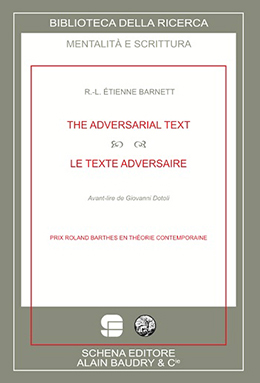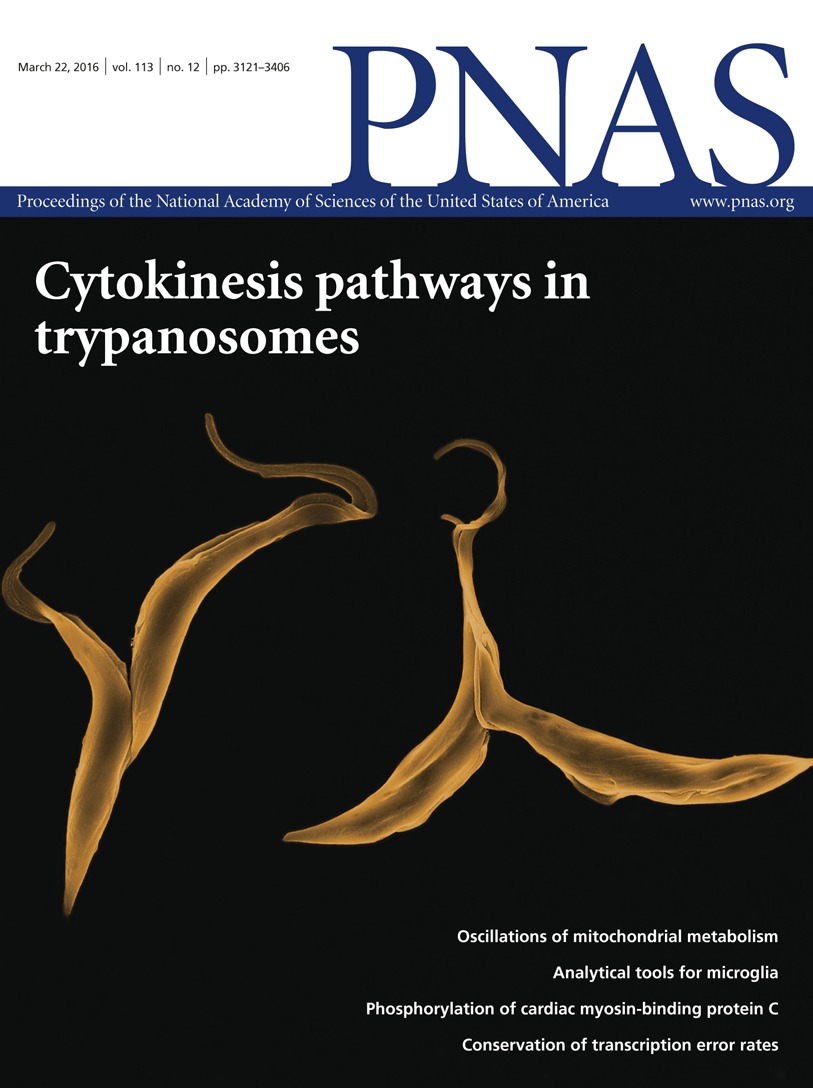
The University of Gothenburg has requested the dismissal of a researcher who has been found guilty of scientific misconduct in seven articles.
The researcher, Suchitra Sumitran-Holgersson, is “guilty of research misconduct through intentional fabrication, falsification or suppression of basic material and deliberately abandoning good scientific practice in seven of the reviewed articles,” according to a press release from the University of Gothenburg (GU). Sumitran-Holgersson continues to insist any issues were the result of “unfortunate errors,” not misconduct.
As a consequence, GU vice-chancellor Eva Wiberg has:
Continue reading University recommends researcher be fired after misconduct finding

 A mysterious lit and film critic who built a significant portion of his career using the words of other scholars instead of writing his own appears to be attempting a second act.
A mysterious lit and film critic who built a significant portion of his career using the words of other scholars instead of writing his own appears to be attempting a second act. 
 Last month, the
Last month, the 


 Adeel Safdar was once a rising star in the field of kinesiology. After completing his doctorate degree at McMaster University in Canada, working with one of the titans of his field, Safdar took a postdoc at Harvard, then accepted a
Adeel Safdar was once a rising star in the field of kinesiology. After completing his doctorate degree at McMaster University in Canada, working with one of the titans of his field, Safdar took a postdoc at Harvard, then accepted a  A group of Australian researchers who studied the cat’s meow as a model for urinary incontinence and other motor-neural issues in people have
A group of Australian researchers who studied the cat’s meow as a model for urinary incontinence and other motor-neural issues in people have